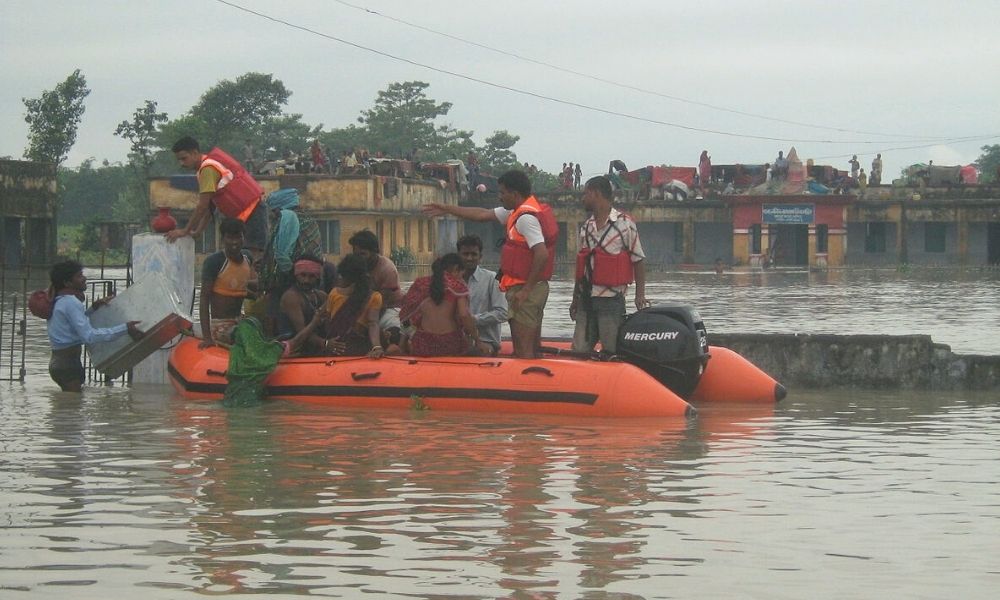
Credits: Wikimedia Commons (Representational)
Assam Govt To Launch Water Diversion Project For Brahmaputra To Prevent Floods
Writer: Devyani Madaik
A media enthusiast, Devyani believes in learning on the job and there is nothing off limits when it comes to work. Writing is her passion and she is always ready for a debate as well.
Assam, 26 July 2021 6:16 AM GMT
Editor : Palak Agrawal |
Palak a journalism graduate believes in simplifying the complicated and writing about the extraordinary lives of ordinary people. She calls herself a " hodophile" or in layman words- a person who loves to travel.
Creatives : Devyani Madaik
A media enthusiast, Devyani believes in learning on the job and there is nothing off limits when it comes to work. Writing is her passion and she is always ready for a debate as well.
The pilot project would be launched by the North Eastern Space Applications Centre (NESAC) in the Dhemaji district. The officials have identified over 5,000 sq km of wetlands in the district from where the excess water can be diverted.
Soon after the coronavirus pandemic hit India for the first time in 2020, Assam underwent a double whammy due to the floods. Tens of thousands of families were forced to relocate, the disaster collapsed fisheries, farmlands, animals, homes of people, depriving them of food and shelter.
The state witnessed a second wave of floods and landslides during the same time frame. Due to the incessant rainfall for days, the Brahmaputra river and its tributaries witnessed a rise in water levels above the danger-level mark.
To prevent the annual floods in the state, Chief Minister Himanta Biswa Sarma confirmed that the government would be initiating a project to divert water from the Brahmaputra and its tributaries during the monsoon to the wetlands, NDTV reported.
The efforts to prevent flood was one of the mentions in the BJP manifesto.
Areas Identified To Divert Excess Water
Speaking to the media in Shillong, Sarma said the pilot project would be launched by the North Eastern Space Applications Centre (NESAC) in the Dhemaji district. The decision of going ahead with the project was confirmed on Saturday, July 24, during a meeting with the NESAC officials and Home Minister Amit Shah.
NESAC is based out of Meghalaya and is a joint initiative of the Department of Space and the North Eastern Council. It addressed geographic challenges in the region through space mapping technology.
Sarma said the officials had identified over 5,000 sq km of wetlands in Dhemaji from where the excess water can be diverted.
The district is the primary flood-prone area in Assam and had reported several cases last year. Reportedly, more than 15,000 people were affected last year across 61 villages and damaged crops across 3,474 hectares.
Also Read: Art From Scrap: Bust Of India's 'Missile Man' At Yeshwantpur Railway Station Is A Huge Hit
 All section
All section














